Beast and Belle are epitome of masculine and feminine roles
Disney’s Beauty and the Beast, starring Emma Watson as Belle and Dan Stevens as the Beast, premiered in theaters March 17. Day says the movie offers a “classic portrayal of the relationship between men and women.”
Mar 23, 2017
If you didn’t get any time over your spring break to catch the live-action remake of Disney’s 1991 classic “Beauty & The Beast,” go online now and look for show times that will reasonably fit your schedule so you can correct your egregious error.
I’m only partly kidding. This visually gorgeous film continues Disney’s so-far winning streak of live-action adaptations of their animated classics, most notably “Cinderella” and “The Jungle Book.” But as great as the acting, music, choreography and plot-hole elimination are, I think the preservation (in some cases, enhancement) of the most important literary themes on which the original film (and the original fairy tale itself) stood is most crucial to this version’s critical and commercial success.
And of these themes, what thrills me the most is the movie’s classic portrayal of the relationship between men and women.
For women, Belle is a rare breed of intelligence, kindness, patience and bravery. She works to expand her understanding through reading and traveling, and she gives and sacrifices much for those that she loves (first her father and eventually the Beast).
But while she is long-suffering, she is also not a pushover who merely sits back and allows her life to be determined by others. She pushes back against every important male figure in her life at one point or another, from her father’s protestation of her taking his place as castle prisoner, to her declining of Gaston’s repeated and obnoxious offers of marriage, and to her refusing dinner with the Beast and later rebuking him for his temper.
As such, she is neither the domesticated stereotype of the 1950s (an at best exaggerated take on women of that era, by the way) nor defiant for defiance’s sake.
For men, the Beast is also intelligent and principled, holding lofty but reasoned ethical standards. While he does allow himself to become stubborn and even mean in his moralism, he is less merciful to himself than he is to anyone else (as someone who is just as merciless to himself, I can tell you that this is the dominant source of his bad temper). Under all that misplaced aggression and dominance, we find a (rightfully) guilt-ridden soul who does the best he knows to do in order to make life better for himself and for his absurdly loyal servants.
He learns more about how to do this, of course, through Belle’s well-executed efforts to coax out the princely gentlemen buried underneath the Beast’s animalistic exterior. He even manages to show us that aggression is good and righteous, in proper contexts, which brings us to arguably the best demonstration of male-female dynamic in the entire movie.
Midway through, Belle wisely wants to flee the woods to safety, as there’s every chance the wolves that the Beast successfully scared away (on his own initiative, by the way, and after he had all-but banished Belle from the castle) will come back. But the Beast is weak from injury in his fight, and he would just as likely not survive another attack if he didn’t get to safety.
In addition, Belle learned just before the Beast arrived that she simply could not protect herself from the wolves on her own. In short, they need each other, but in distinctly different ways. She urges the Beast to get moving for both their sakes, telling him, “You have to help me. You have to stand.” But this urging is not a command; it’s a plea. She doesn’t seek to control him, but, rather, she calls him up to rise to the occasion and do his part for their survival.
This pattern continues, with Belle gently guiding the Beast back towards his original humanity and true masculinity, and the Beast responding (with some stumbles) to her challenges. Between his initiation and her expansion on his efforts, they both not only survive but flourish, and, eventually, so do the castle and the village.
This latest iteration of the “tale as old as time” follows after its predecessors in presenting a beautiful model for men and women to celebrate and aspire to (though perhaps not copy verbatim), marked by both mutual respect for each other as persons and particular care for each other appropriate to their distinct strengths and weaknesses. Kudos to Disney for preserving this beautiful truth.


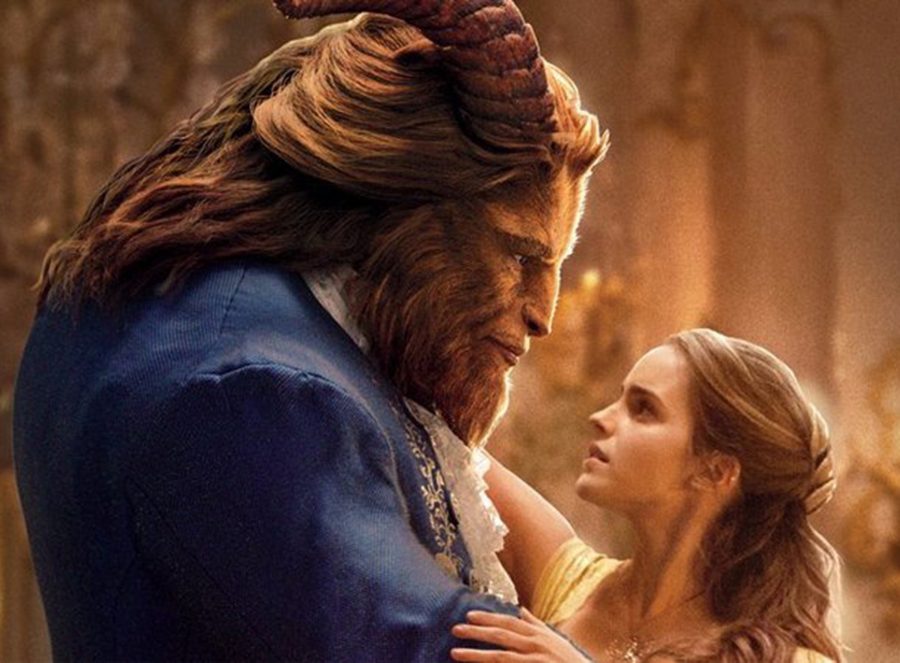






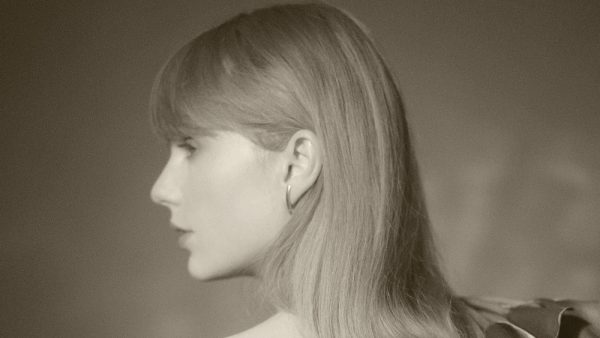



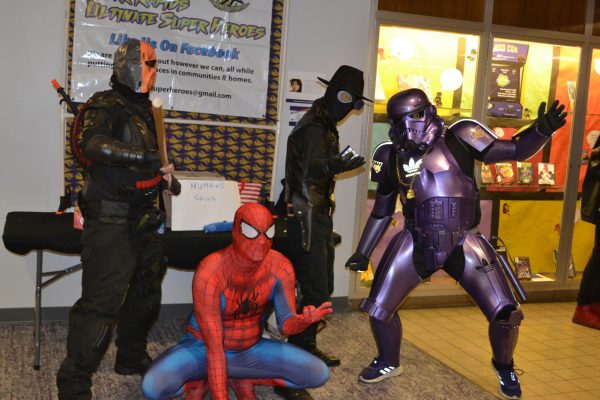
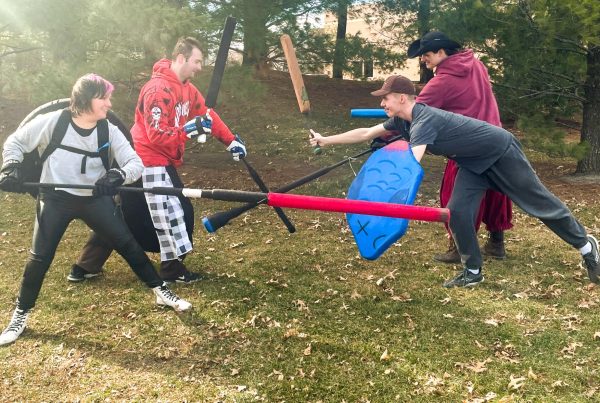
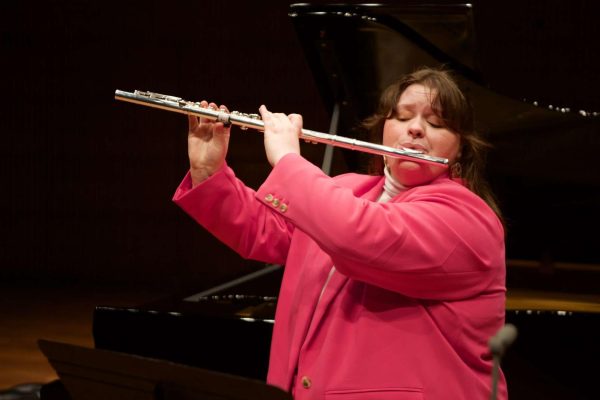
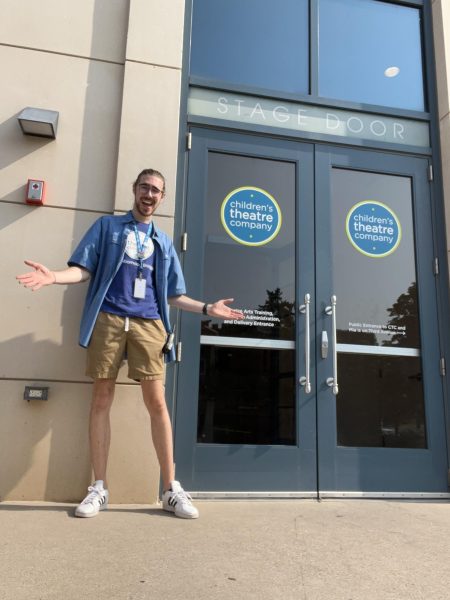
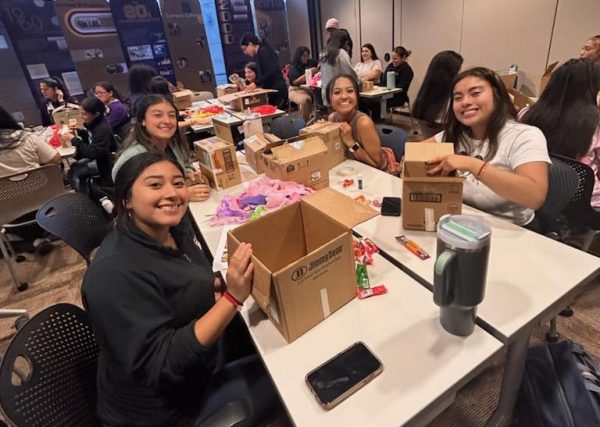

commenter • Mar 28, 2017 at 3:35 pm
This is a poorly written article. If you are going to push outdated and heteronormative ideas of healthy relationships, please at least take a writing course first so it’s somewhat bearable to read.